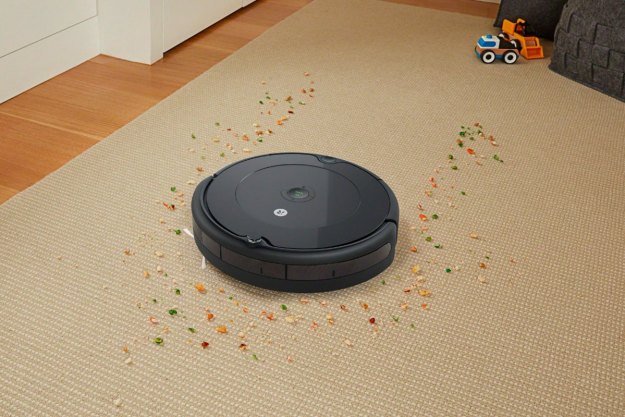The Imperial Spherificator sounds like something you’d find on Spaceball One, but it’s actually coming to a kitchen near you, courtesy of Kickstarter. It basically turns almost anything into caviar-esque spheres for your most elaborate explorations into gastronomical creation.
The company is an offshoot of Montreal, Canada company Imperial Caviar & Seafood, which makes caviar substitute. The Spherificator uses the faux-caviar-making technique to turn pureed fruits and vegetables, sauces, and spices into liquid-filled pearls.
Spherification usually requires using a pipette or syringe to make beads out of liquified food and sodium alginate, which is dispensed into a water and calcium chloride mix, causing a chemical reaction that encapsulates the liquid in a membrane. The Spherificator takes the place of the syringe or pipette, shooting out the liquid mixture into the solution. The result is a “popping boba,” which bursts when squeezed.
The small appliance has three nozzles you can detach for different-sized pearls, and you can vary the pearl-making speed based on how thick your mixture is. With its seven-ounce capacity, you should be able to get between 200 and 250 spheres with each use. Some of the recipes the makers suggest include a red onion and red wine vinegar concoction for oysters, a side of mint beads for cheesecake, and pearls suspended in champagne for raising a glass and making your next toast.
“Amaze your friends with your ability to harness the spherification technique with ease,” the company’s website reads. “For you gastronomists who have already tried this, say goodbye to your syringes and squeeze bottles as the Spherificator makes the process incredibly fast and consistent.”
The product seems pretty niche, but Naor Cohen, who dreamed up the device, imagines it being used in both commercial and residential kitchens. He thinks it’s easy enough for amateur chefs to use to spruce up everyday meals.
The Spherificator’s creators are attempting to raise about $61,000 with the Kickstarter campaign; they’re now over halfway there. For a pledge of about $96, you can get one, which should be delivered in November — if all goes according to plan, that is. (And with crowd funding, it rarely does.) Until then, just toss some mochi candies in your champagne?


